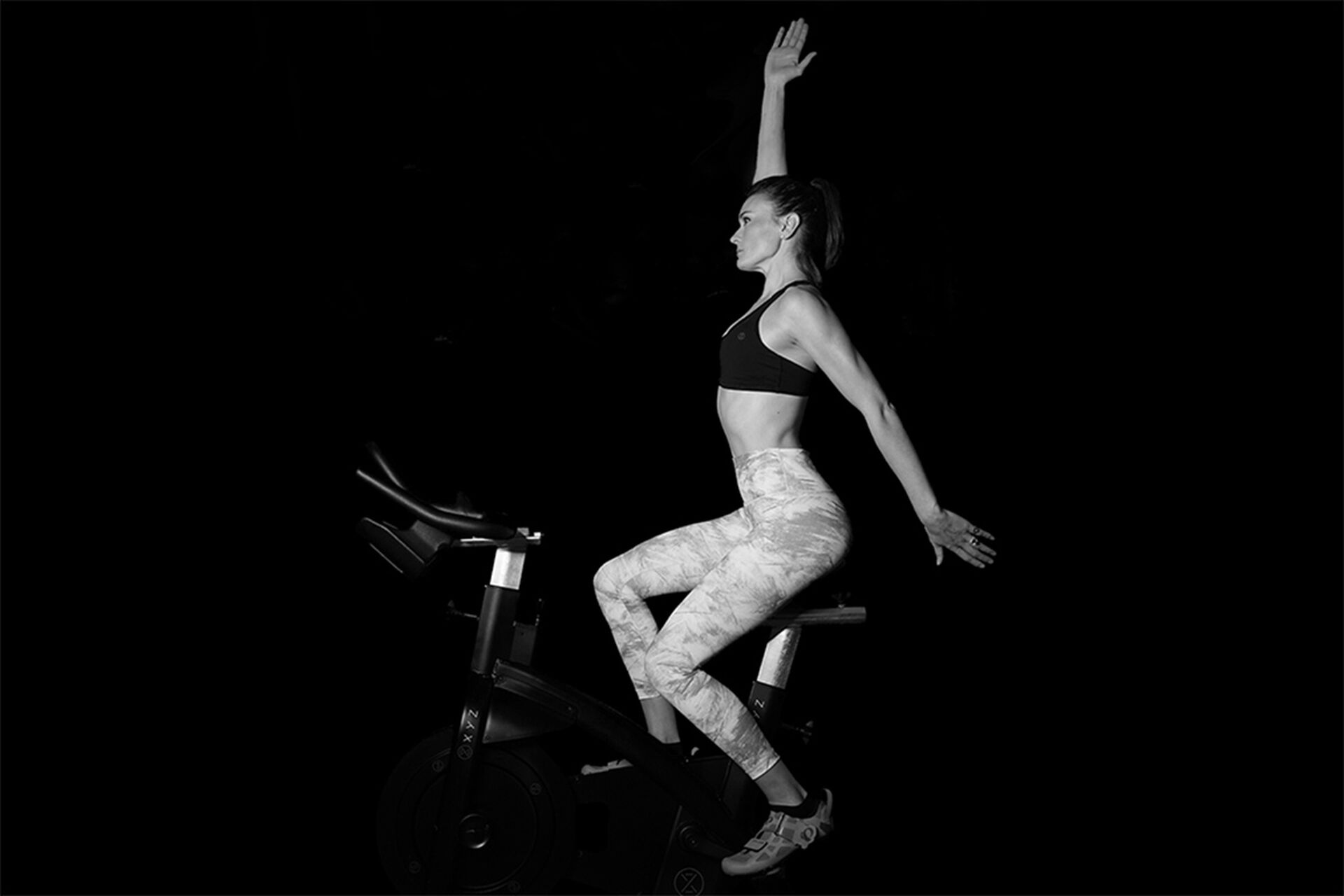
The shoulder stretch
First in a series of specially designed stretches from Motion Dynamics.
Before getting started, it is important to understand 6 key movement procedures:
1. Each Motion DynamicsTM Foundational Flexibility protocol starts with unilateral (one side) movements and then proceeds to bilateral (both sides) movements.
2. Each Motion DynamicsTM Foundational Flexibility movement should be repeated between 8 and 10 times.
3. All Motion DynamicsTM Foundational Flexibility movements are held past maximum end-of-range for no longer than 2 seconds sometimes referred to as “the 2 second Stretch.” This will help to retrain the restrictions and resistance in the joints and soft tissue surrounding those joint structures.
4. Always return the limb back to the start, or 'zero tension' position, after each movement is performed to relax the target tissues, increase blood shunting and speed up the lymphatic return. We call this concept “Squeeze and Refill.”
5. Be gentle, be specific and be gradual in all of these movements so as not to elicit the protective in-built myotatic stretch reflex during the Motion DynamicsTM Foundational Flexibility training protocol. When the stretch reflex is engaged you will experience a mild to extreme force/counterforce push/pull jerk reaction from the neural system.
6. Always breathe-in prior to the flexibility movement and breathe-out as you perform the stretch. This ensures maximal oxygenation of the contractile tissues and full dilation of the circulatory systems.

Whether it be from sitting at your desk for hours, carrying your backpack, taking calls by squeezing your phone between your shoulder and ear or from riding, whatever the reason, we carry a lot tension in our neck, shoulders and upper back. To help with this, try a Forward Shoulder Elevation (shoulder flexion) on and off the bike:
• Seated on the bike, have both arms down by the side with the thumbs pointing forward. And fingers outstretched.
• One arm reaches up as high as possible keeping the arm close to the ear. At the same time the opposite arm reaches backwards to full hyperextension. This acts as a counterbalance for your upper body preventing hyperextension of the spine. When reaching upwards allow the rib cage to expand and extend to facilitate full thoracic spinal extension.
• Also try the forward shoulder elevation as above with thumb pointing downwards, which is like doing a backstroke in the pool. Repeat on the opposite side.
• Variation: Double arm shoulder forward elevation will stretch the latissimus dorsi and shoulder girdle. Bringing both arms up at the same time with thumbs pointing upwards. Reach up and look up. This will help you to stretch the upper abdominal muscles (Rectus Abdominus) which when tight tend to flex the spine forwards creating a mild kyphotic curve in the mid back.
The muscles stretched are you triceps, posterior deltoid, and anterior serratus. Those contracted are your anterior deltoid and biceps brachii. Try it!
If you want to find out more about this stretch or how you can better give back to your body, check out MOTION DYNAMICS or reach out directly should you need any further information to Chris Watts.